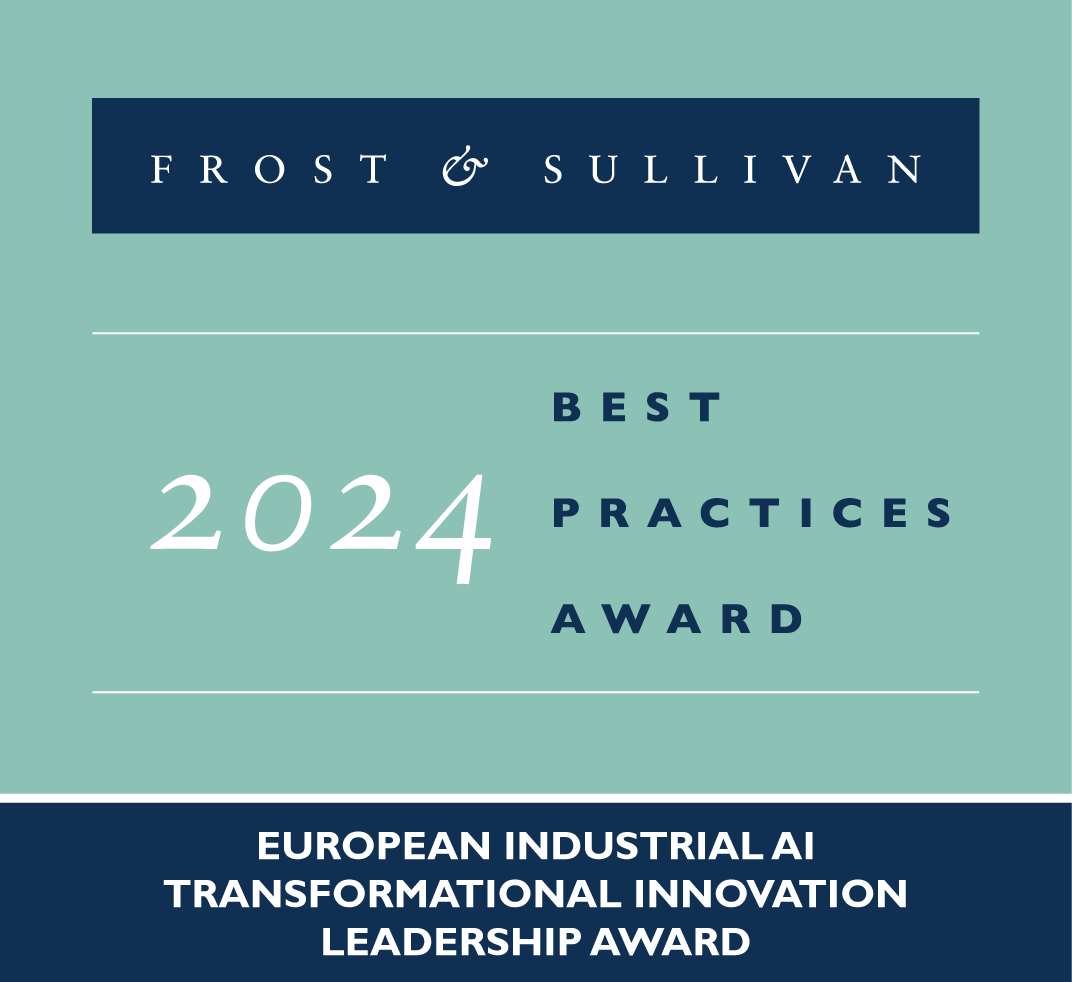As cities worldwide grapple with the pressing challenges of traffic congestion, air pollution, and resource inefficiency, a transformative shift in transportation systems is taking center stage. Urban mobility is no longer just about moving people from one point to another—it’s about creating sustainable, tech-driven solutions that optimize traffic flow, reduce emissions, and enhance the user experience.
Frost & Sullivan’s experts present crucial strategic imperatives shaping the future of mobility across ten global cities—each adopting bold, innovative approaches to achieve sustainable transport goals. Let’s dive into the automotive growth strategies defining the next era of urban transportation.
Learn more by accessing our latest growth analysis:
Benchmarking of Key Cities and Their Transport Development Strategies
click here to download now
Mumbai, India: Solving Public Transport Challenges
Tackling overcrowded public transport systems head-on, Mumbai is investing heavily in metro expansions, dedicated bus lanes, and non-motorized transport infrastructure. Policies curbing private vehicle usage further encourage a shift towards sustainable commuting. Businesses have an opportunity to collaborate on tech-based solutions for real-time passenger information and multimodal integration.
Copenhagen, Denmark: Scaling Smart Transport Infrastructure
With a growing population putting pressure on its transport network, Copenhagen is adopting smart city strategies—integrating AI-powered traffic management systems and expanding cycling lanes—to maintain seamless mobility. Companies providing AI algorithms, data analytics, and sustainable transport technologies can align with Copenhagen’s expansion plans.
Dubai, UAE: Accelerating the Electric Transition
Dubai’s current plan to electrify only 10% of its buses by 2030 falls short of global benchmarks, but this gap opens a door for transformative solutions. Investments in electrification, dynamic congestion management, and public awareness campaigns are proving crucial. Industry players are bridging this gap by introducing scalable EV solutions and advocating for policy acceleration.
New York City (NYC), USA: Bridging the Public-Private Mobility Gap
NYC faces resistance to public transit adoption due to its deep-rooted car culture, particularly in suburban regions. The city’s push for congestion pricing and car-free zones creates lucrative opportunities for smart parking solutions, last-mile connectivity providers, and electric car-sharing platforms looking to overcome the public-private mobility divide.
Singapore: Electrifying Public Transportation by 2040
Singapore’s bold vision to fully electrify its public transport fleet by 2040 underscores its commitment to green mobility. Businesses can ride this wave by investing in hydrogen-powered transit solutions, battery innovation, and passenger-centric technologies to enhance convenience and efficiency.
Is your business positioned to support fast-evolving cities like Mumbai and Dubai with sustainable mobility technologies?
click here to gain exclusive insights
Lisbon, Portugal: Pedaling Towards a Cycling Revolution
Lisbon has witnessed a remarkable 539% increase in cycling over the past decade, paired with investments in modern tram networks. This cycling renaissance offers untapped potential for micromobility companies, bike-sharing platforms, and sustainable transport tech providers to capitalize on the city’s green momentum.
London, UK: Advancing Active Mobility Goals
London’s ambition to achieve 80% active mobility in the next 15 years calls for a blend of policy reforms, tech innovation, and public-private collaboration. Companies are supporting this transition by offering AI-powered traffic control systems, mobility-as-a-service (MaaS) platforms, and incentivized programs to accelerate public participation in sustainable transport.
Shenzhen, China: Driving Electric Mobility Leadership
Shenzhen’s pioneering fully electric bus and taxi fleets set a global benchmark in e-mobility. With plans to expand EV infrastructure further, companies specializing in charging stations, battery technology, and emission-free logistics solutions are tapping into the city’s dynamic growth environment.
Budapest, Hungary: Modernizing Fleet and Curbing Car Usage
Budapest’s slow fleet modernization and upcoming congestion-free zones present a ripe opportunity for EV innovators and urban planning consultants. Collaborations on electric fleet upgrades and public outreach campaigns are pushing the city closer to its sustainability goals.
Buenos Aires, Argentina: Prioritizing Pedestrian Safety
To drastically reduce its 2,000+ pedestrian accidents annually, Buenos Aires is focused on infrastructure enhancements and public safety initiatives. Companies offering pedestrian-friendly tech solutions, smart crosswalk systems, and public education platforms are playing a pivotal role in shaping a safer, greener urban landscape.
The evolution of urban mobility is unfolding rapidly, with cities adopting bold strategies to address their unique transport challenges. As they strive to balance growth and sustainability, businesses must seize the moment — aligning their innovations with city goals, forming strategic partnerships, and driving impactful solutions.
Are you ready to accelerate your growth journey by tapping into these transformative urban mobility strategies? Top of Form Click here to engage with our Growth Experts, and gain access to powerful business strategies powered by Frost & Sullivan’s sustainability consulting approach.




